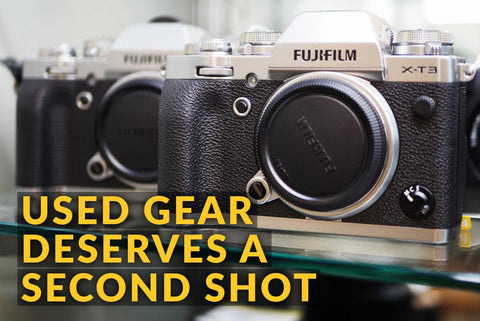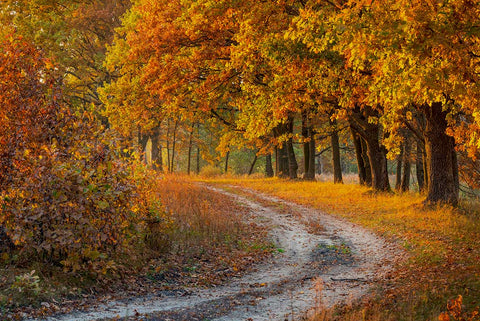Photographing kids can be a fun, but challenging experience. Their innocence and spontaneity can result in some truly magical moments. If you want to capture stunning photos of children, using a mirrorless camera and a single lens can provide you with the versatility and quality you need. In this blog post, we'll guide you through the process of photographing children with these tools, ensuring that you create the beautiful and memorable images you dream of.
Why choose a mirrorless camera?

Mirrorless cameras have gained popularity among photographers due to their compact size, advanced features, and exceptional image quality. These cameras use a digital display to show you a real-time preview of the image, allowing you to make adjustments and see the final result before pressing the shutter button. This feature is particularly useful when photographing children, as it enables you to capture their fleeting expressions and candid moments with precision.
Choosing the right lens
When it comes to photographing kids, a single lens can be your best friend. It allows you to quickly adapt to different situations without the need to change lenses frequently. A versatile lens, such as a prime lens with a moderate focal length (around 35mm or 50mm), is ideal for capturing both portraits and candid shots. Its wide aperture will enable you to achieve a shallow depth of field, separating the child from the background and creating a beautiful bokeh effect.
Preparing for the photoshoot

Image by Stephen Andrews
Before you start photographing little humans, it's essential to create a comfortable and relaxed environment. Kids are more likely to be themselves when they feel at ease. Here are a few tips to help you prepare for the photoshoot:
- Choose a familiar location: Select a place where the child feels comfortable and can freely express themselves.
- Use props and toys: Props can add an element of fun and playfulness to the photos. Consider using colorful balloons, bubbles, or their favorite toys.
- Engagement: Interact with the child before picking up your camera to get them comfortable and acting naturally.
Techniques for capturing stunning photos

Image by Jeremy McKnight
Now that you're ready to start photographing, here are some techniques to help you capture stunning photos of children:
- Get down to their eye level: To create a more intimate and engaging photo, crouch down or even lie on the ground to capture the child's perspective.
- Lighting: Position the child near a window or go outdoors to achieve soft and flattering lighting.
- Capture candid moments: Children are full of energy and curiosity. Instead of posing them, let them play, explore, and be themselves. Candid shots often result in the most authentic and memorable photos.
- Focus on the eyes: The eyes are the windows to the soul. Ensure that the child's eyes are in sharp focus to create a captivating and engaging image.
Camera settings for photographing kids

Manual or automatic mode?
While automatic mode can be convenient, using manual mode gives you more control over the camera settings. It allows you to adjust the exposure, aperture, and shutter speed according to the lighting conditions and the desired effect.
Aperture
When photographing kids, it's often best to use a wide aperture (low f-stop number) to create a shallow depth of field. This helps to isolate the subject and blur the background, making the child the main focus of the image.

Image by Mike Cox
Shutter Speed
Children are full of energy and constantly on the move. To freeze their motion and avoid blurry photos, set a fast shutter speed. A speed of 1/250th of a second or higher is recommended, depending on the level of activity.
ISO Settings
In natural light, try to keep the ISO as low as possible to minimize noise in the image. Start with a low ISO setting, such as 100 or 200, and gradually increase it if needed. However, be cautious not to go too high, as it can introduce unwanted graininess.
Metering
Spot metering is useful when photographing kids in natural light. It allows you to meter for the child's face, ensuring proper exposure even if the background is brighter or darker. Evaluative metering, on the other hand, considers the entire scene and may not give accurate results.

Image by Jeremy McKnight
White Balance Settings
For natural-looking skin tones, it's recommended to use the "Daylight" or "Auto" white balance setting. These settings adjust the color temperature to match the natural light conditions, resulting in more accurate and pleasing colors.
Remember, the most important thing is to have fun and enjoy the process of capturing precious moments of childhood! Plus, we're always here to help with any question or check out our list of classes at Rockbrook Camera.





